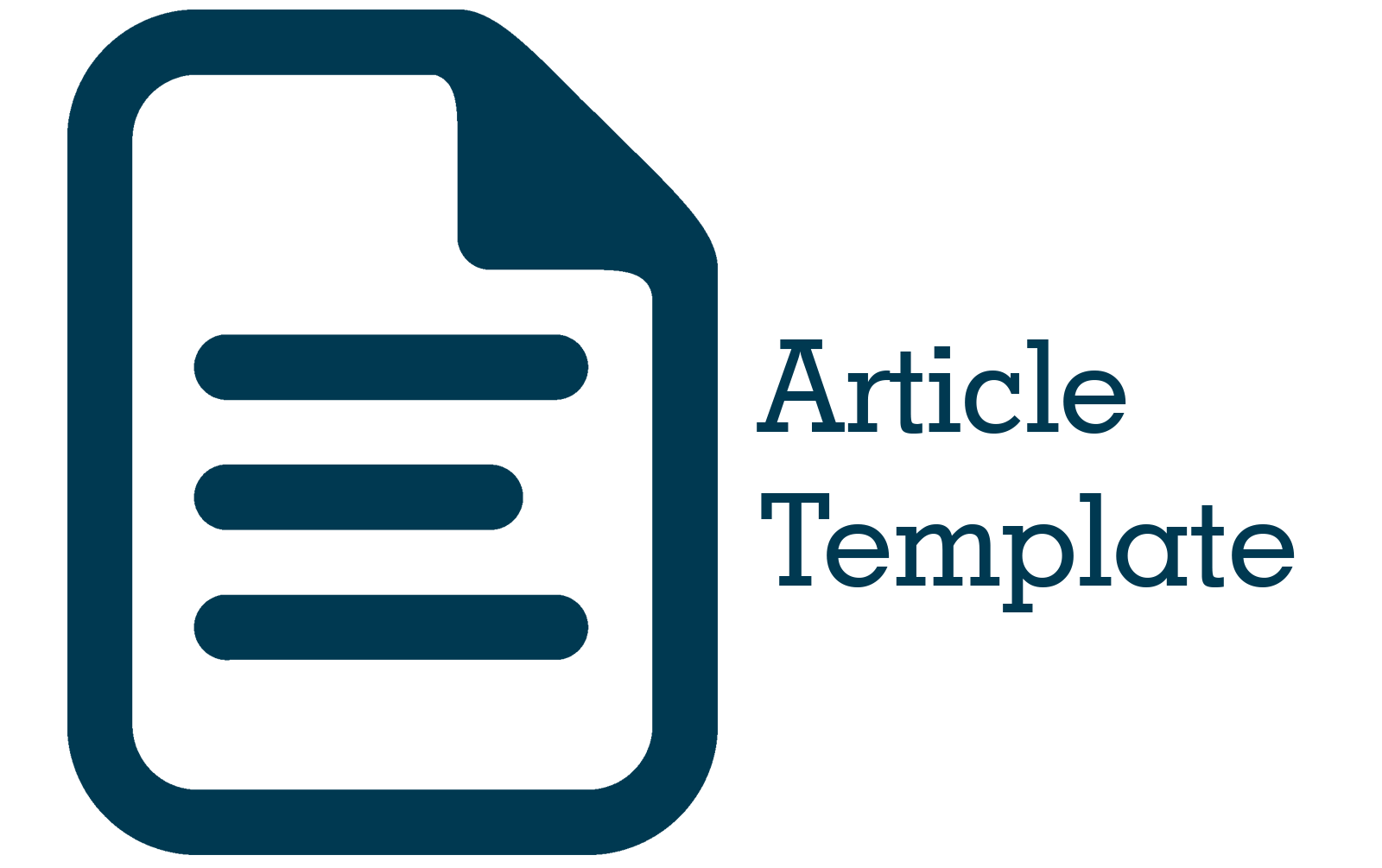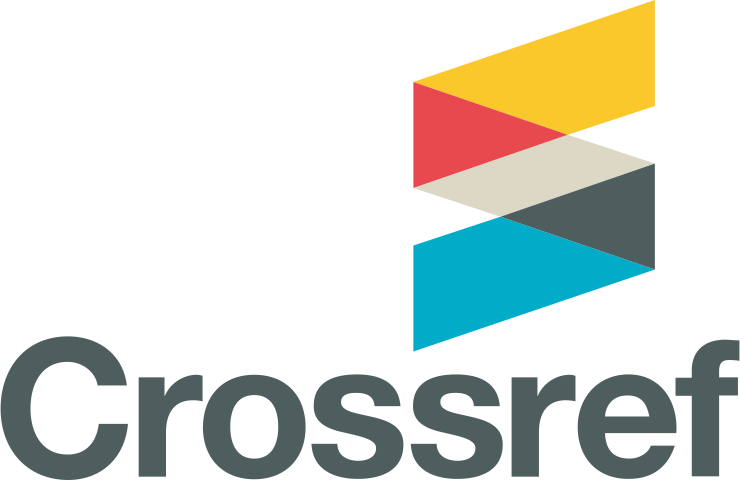Assessment of Business Process Alignment to IT Business Objectives
DOI:
https://doi.org/10.33633/tc.v17i3.1729Keywords:
Assessment, business process, IT business objective, COBIT, Balanced ScorecardAbstract
Manufacturing company is a company engaged in the manufacture of household appliances such as plastic houseware, bushels food, rice bucket, and so forth. the company has implemented an application in running the business process of goods sales and goods (inventory). However, there is a problem in the application that is used to support the activity in the business process that is the discrepancy with the needs of users of the application and will be an assessment of the business process. Therefore, the authors take this topic. The purpose of this study is to determine the deficiencies that occur in the company, so the author can provide recommendations to the company about what should be improved. The research method used in this research is qualitative research and data obtained from the interview. In this study, the assessment of the business process Manufacturing company using COBIT 4.1 and Balanced Scorecard (BSC). This research focuses on PO3 (Determine Technological Direction) domains, PO4 (Communications Management Aims and Direction), PO8 (Manage Quality), and AI4 (Enable Operation and Use). From the research that has been done, the results show that this company has not reached the expected maturity level.References
Anand, A., Wamba, S. F., & Gnanzou, D. (2013). A Literature Review on Business Process Management, Business Process Reengineering, and Business Process Innovation. Enterprise and Organizational Modeling and Simulation, Eomas 2013, 153, 1–23. https://doi.org/10.1007/978-3-642-41638-5_1.
Abidin, N., & Samopa, F. (2016). Jurnal Sistem Informasi, 5(5), 612–628.
Andry, J. F. (2016). Audit of IT Governance Based on COBIT 5 Assessments: A Case Study. Jurnal Teknologi Dan Sistem Informasi, 2(2), 27–34. Retrieved from http://teknosi.fti.unand.ac.id/index.php/teknosi/article/view/45/35.
Fadzil, F., Haron, H., & Jantan, M. (2005). Internal Auditing Practices and Internal Control System. Managerial Auditing Journal, 20(8), 844–866.
Polo, J. O., & Oima, D. (2013). Effect of Computerised Accounting Systems on Audit Risk Management in Public Enterprises: A Case of Kisumu County, Kenya. International Journal of Education and Research, 1(5), 1–10.
Hanifi, A. L. (2013). Analyzing IT Function Using COBIT 4.1 A Case Study of Malaysian Private University. Journal of Economics, Business and Management, 1(4), 406–408.
Wijayanti, N. Y., Setiawan, W., & Sukamto, R. A. (2017). Performance Assessment of IT Governance with Balanced ScoreCard and COBIT 4.1 of Universitas Pendidikan Indonesia. Journal of Physics: Conference Series, 1–7.
Krisanthi, G. A. T., Sukarsa, I. M., & Agung Bayupati, I. P. (2014). Governance audit of application procurement using COBIT framework. Journal of Theoretical and Applied Information Technology, 59(2), 342–351.
IT Governance Institute Team. (2007). COBIT 4.1. USA: IT Governance Institute.
Rehor, P., & Holatova, D. (2013). Application of Balanced Scorecard Method As a Tool for Strategic Management of Chosen Municipality. International Conference 2013, 333–340.
Wisniewski, M., & Olafsson, S. (2004). Developing balanced scorecards in local authorities: a comparison of experience. International Journal of Productivity and Performance Management, 53(7), 602–610.
Kisner, R. A. (2007). Using the Balanced Scorecard to Achieve Career Success. Government Finance Review, 23(5), 65–68.
Zizlavsky, O. (2014). The balanced scorecard: Innovative performance measurement and management control system. Journal of Technology Management and Innovation, 9(3), 210–222. https://doi.org/10.4067/S0718-27242014000300016
Heryudo, S., Kurniati, A. P., Perdana, E. G., Heryudo, S., Kurniati, A. P., & Perdana, E. G. (2013). Information Technology Governance Using COBIT 4 . 1 Framework for Supporting Service of Information Technology ( Case Study : PT . Pupuk Sriwidjaja Palembang ). Information Systems International Conference (ISICO), 1–7.
Rubino, M., & Vitolla, F. (2014). Internal control over financial reporting: opportunities using the COBIT framework. Managerial Auditing Journal (Vol. 29). https://doi.org/10.1108/MAJ-03-2014-1016
Al-Hosaini, F. F., & Sofian, S. (2015). A Review of Balanced Scorecard Framework in Higher Education Institution (HEIs). International Review of Management and Marketing, 5(1), 26–35.
Andry, J. F. (2016). Audit Tata Kelola TI Menggunakan Kerangka Kerja Cobit Pada Domain DS Dan ME Di Perusahaan KREAVI INFORMATIKA SOLUSINDO. Seminar Nasional Teknologi Informasi Dan Komunikasi 2016 (SENTIKA 2016), 18–19.
Malgwi, D. A. A., & H. Dahiru. (2014). Balanced Scorecard financial measurement of organizational performance: A review. IOSR Journal of Economics and Finance, 4(6), 1–10.
Gekonge, C. O. (2005). What a System! The Professional Journal of KASNEB, (4).
Kairu, Wafula, Okaka, Odera, & Akerele. (2013). Effects of Balanced Scorecard on Performance of Firms in The Service Sector. European Journal of Business and Management, 5(9).
Downloads
Published
Issue
Section
License
Copyright (c) 2018 Techno.Com

This work is licensed under a Creative Commons Attribution-NonCommercial 4.0 International License.
License Terms
All articles published in Techno.COM Journal are licensed under the Creative Commons Attribution-NonCommercial 4.0 International (CC BY-NC 4.0). This means:
1. Attribution
Readers and users are free to:
-
Share – Copy and redistribute the material in any medium or format.
-
Adapt – Remix, transform, and build upon the material.
As long as proper credit is given to the original work by citing the author(s) and the journal.
2. Non-Commercial Use
-
The material cannot be used for commercial purposes.
-
Commercial use includes selling the content, using it in commercial advertising, or integrating it into products/services for profit.
3. Rights of Authors
-
Authors retain copyright and grant Techno.COM Journal the right to publish the article.
-
Authors can distribute their work (e.g., in institutional repositories or personal websites) with proper acknowledgment of the journal.
4. No Additional Restrictions
-
The journal cannot apply legal terms or technological measures that restrict others from using the material in ways allowed by the license.
5. Disclaimer
-
The journal is not responsible for how the published content is used by third parties.
-
The opinions expressed in the articles are solely those of the authors.
For more details, visit the Creative Commons License Page:
? https://creativecommons.org/licenses/by-nc/4.0/
















